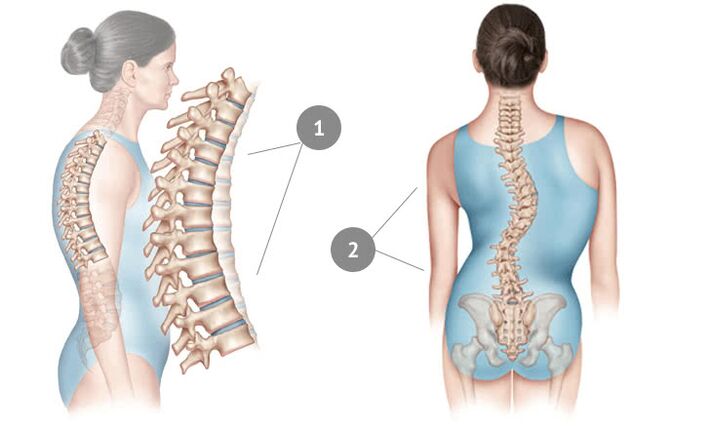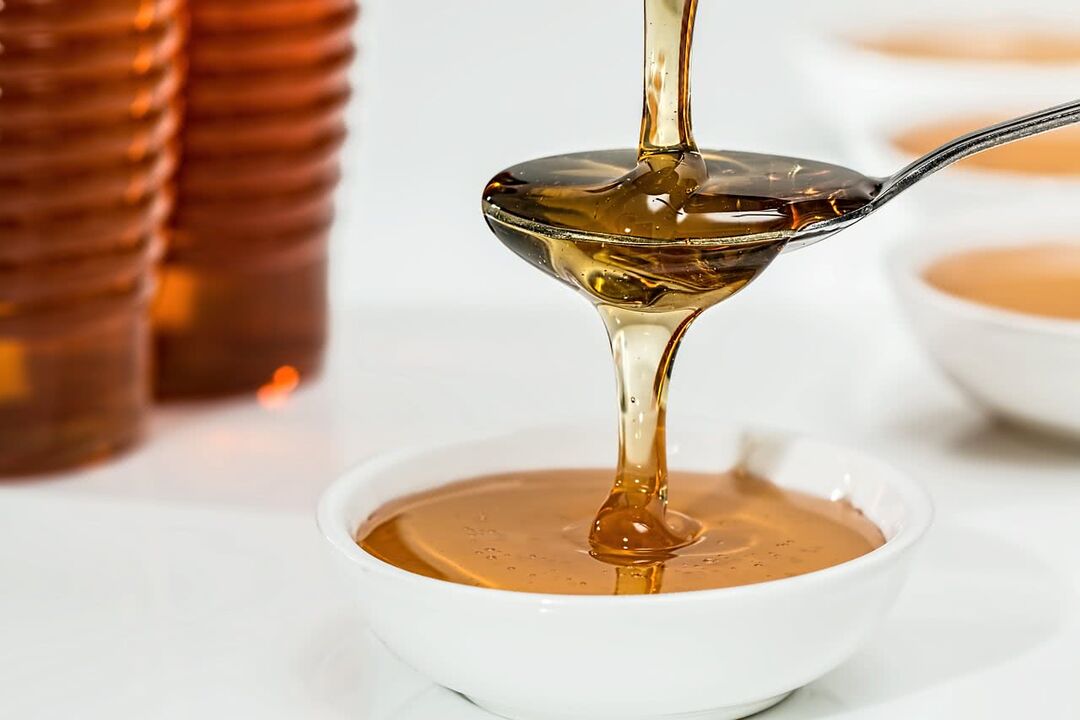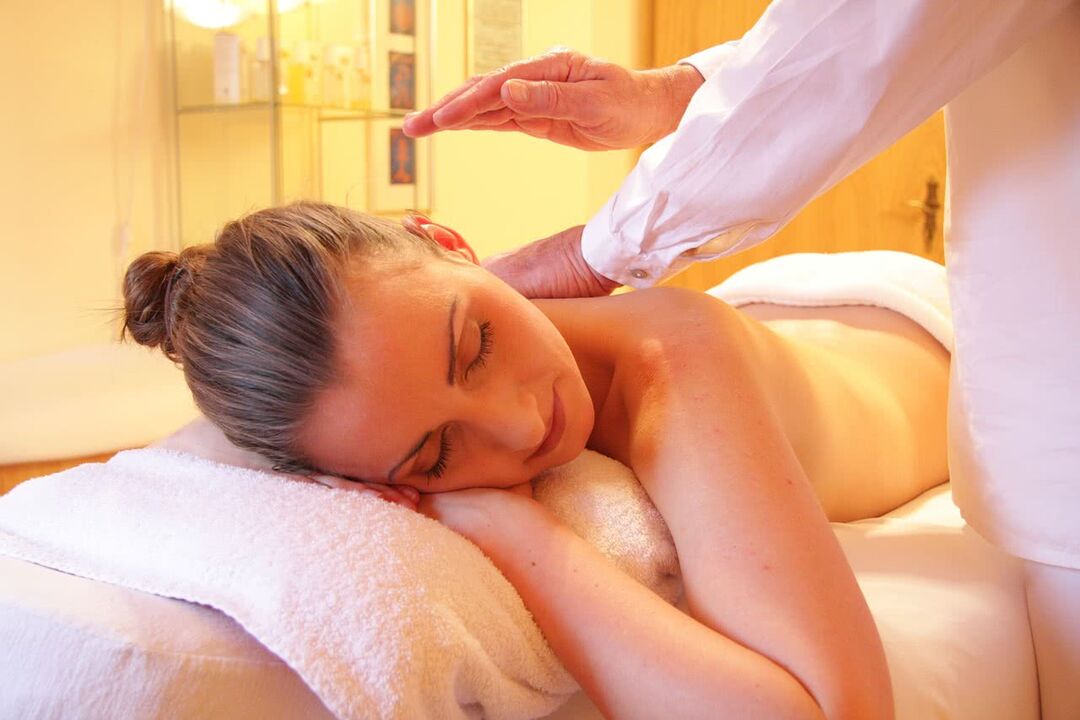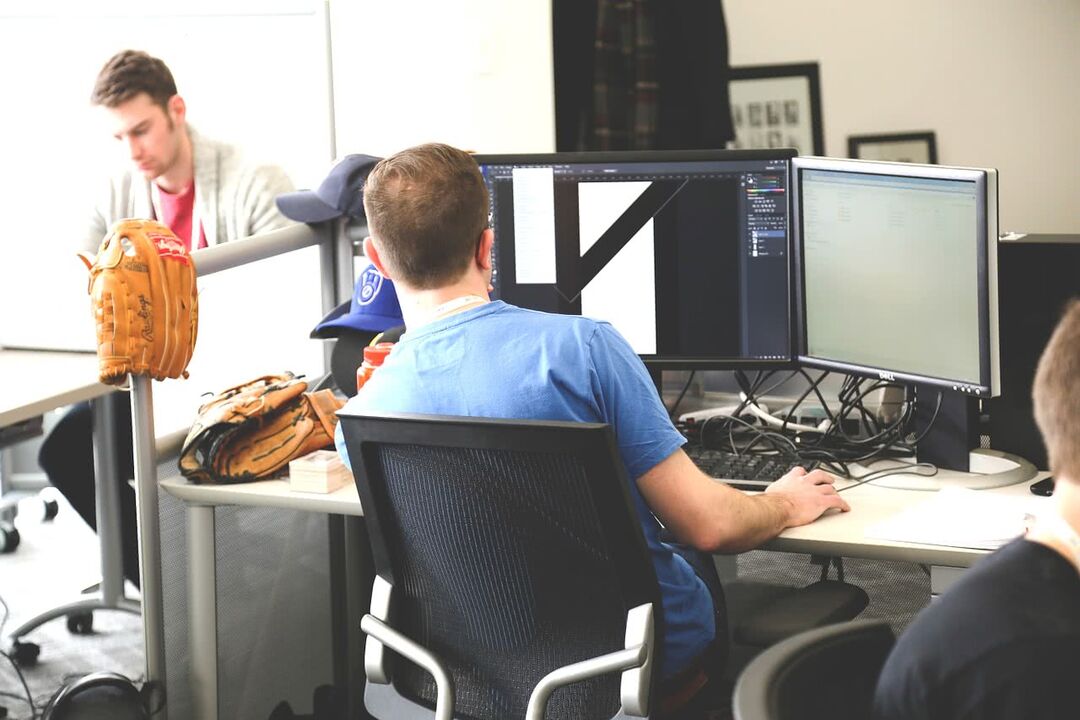Thoracic osteochondrosis is a disease in which the intervertebral discs in the thoracic spine are destroyed. Since this department is the most sedentary, it is less susceptible to diseases.
Thoracic osteochondrosis is characterized by cramps and pain in the chest, below the ribs, shortness of breath, sting, cutting, sharp pain behind the sternum. The symptoms and manifestations of the disease may be similar to those of other diseases.
Symptoms
Spinal pain is the most common and superficial symptom. Of course, they do not always talk about the development of osteochondrosis in humans. Therefore, attention should be paid to other feelings in the body:
- Unpleasant sensations and chest pains. Often, if you are sitting, you may not notice it. But as soon as you start engaging in any physical activity in which breathing is accelerated, you will notice that the pain intensifies. The nature of this pain can be called shingles.
- In addition, you can feel pain in completely unexpected places - in the heart, stomach, liver. This is due to the fact that thoracic osteochondrosis tends to "mask" a certain disease. For example, many may confuse it with gastritis, ulcers, or angina pectoris.
- If you notice that from time to time you have a "chill" in the chest area, then in combination with other manifestations, it may indicate thoracic osteochondrosis.
- In some cases, there may be a loss of sexual function, for example, impotence in men.
Chest osteochondrosis pain
One of the main characteristics of this type of pain is shingles. But it is not always possible to recognize this pain from that. Here's how it can still feel and be characterized:
- most often manifested in the dark, behind the sternum;
- a feeling that can be described as a "stake in the chest";
- unpleasant sensations in the hypochondriac region, both right and left;
- feeling as if there is a foreign body behind the sternum;
- if the lesion touches only the upper thoracic region, then the person may feel pain in the esophagus and pharynx.
Since these symptoms are still very vague and may indicate a number of other diseases, the doctor recommends additional ECG analysis.
Impact on organs
In the process of development, this disease can negatively affect the internal organs, ie the lungs and heart. Here's what thoracic osteochondrosis can mean:
- heart effect. It is mainly caused by pinching of the nerve roots in the chest area. After all, that's where the nerve plexuses of the heart go. It is these plexuses that are involved in the regulation of heart function. The main alarm bells are regular heartbeats (extrasystoles), arrhythmia, tachycardia. The effect on the cardiovascular system can, therefore, be manifested either in one of these symptoms, or in all at the same time;
- effect on the lungs. It is most often manifested in shortness of breath and painful sensations at the same time.
Why does osteochondrosis of the chest occur?
Despite the fact that osteochondrosis as a whole is a fairly common disease, thoracic osteochondrosis is less common. Preconditions for the development of this disease can already be found among schoolchildren who grimace sitting at their desks. Therefore, children can develop scoliosis, and in adulthood - osteochondrosis. Most other causes of development are closely related to scoliosis:
- violation of posture;
- metabolic disorders affecting the integrity of intervertebral discs;
- sedentary lifestyle;
- hereditary reasons;
- spinal cord injury;
- static work and prolonged stay in an uncomfortable, twisted position.

How to treat?
After an accurate diagnosis is made during the tests, the doctor prescribes special drug treatment. In the case of osteochondrosis of the chest, it may include the following drugs, depending on the severity of the disease and the characteristics of its manifestation:
- First of all, medications are prescribed that "remove" the pain and alleviate the discomfort. They are called nonsteroidal anti-inflammatory drugs or glucocorticosteroid drugs.
- Papain is used to avoid a lack of fluid in the intervertebral disc.
- Drugs called "chondroprotectors" are prescribed. With their help, there is a general strengthening of cartilage tissue.
- Medicines to relieve muscle cramps around the spine can be added to the list.
- If the development of an inflammatory process is detected, then special anti-inflammatory therapy is prescribed.
But, of course, it is impossible to cure yourself with drugs alone. Be sure to follow a healthy lifestyle, proper nutrition. These actions will be useful not only for the treatment, but also for the prevention of this and many other diseases.
Exercises for osteochondrosis of the chest
As lack of physical activity is one of the root causes of disease development, the role of exercise in this case is great. In addition, by supplementing your medication with exercise, your body will return to normal and stabilize much faster.
There are a number of special exercises for the thoracic part. When performing them, follow the basic rules: without jerking, act slowly, smoothly, without trying to overload the body. Increasing the amplitude is allowed, but only if you do not feel pain. So what are the most effective exercises provided by physical therapy?
- Lie on the floor on your stomach. Hands - next to the body. We bend in the thoracic part - smoothly, gently. Raise your arms and head as much as you feel, but try to avoid pain. It is recommended to perform at least 5 approaches.
- For the next exercise, we need a chair with a small, firm back. Sit right on the chair. We exhale, bend back on our backs, while pulling our arms back. Then we return to the starting position. We repeat 10-12 times.
- We stand upright. Hands at the seams, feet together. We take a deep breath and raise our hands. On the exhale, we slowly bend and lower our arms. We return to the starting position. It is recommended to do 7-9 approaches at once.
- Stand on all fours on the floor. Slowly bend your back as you inhale, as you exhale - return to starting position. Repeat the exercise 7-10 times.
- We lie on the floor on our stomachs. Hands on the seams. Your task is to tear your body off the floor, extending your head towards your heels. We pull the whole body, we exercise the chest. The required number of approaches is 7-8.
- We work with the upper part of the thoracic part. Starting position - arms at the seams, feet shoulder-width apart. We work with our shoulders. We raise them together first, and then each one separately. We bend our shoulders back and forth, back and forth. For each task we perform 10-15 approaches.
- Also, for the upper thoracic region, you can perform circular hand movements. Starting position, as in the previous task. We stretch our arms out to the sides, clench our palms into fists. We rotate the fists back and forth, then rotate the arm from the elbow back and forth, then the whole arm back and forth. We perform each part of the exercise 4-6 times, generally we repeat the exercise 2-4 times.
Exercise in the morning and evening for at least 15-20 minutes. Dilute it with a set of exercises for other muscle groups by inserting several of the above options.
Massage
Massage is also a very good remedy in the fight against osteochondrosis. Here is a therapeutic massage prescribed by a specialist after a detailed examination of the patient. You can do this at home - here are some options for how to do it.

Honey massage. We need 2-3 tablespoons of honey, preferably not candied, warm. Dip your palms into the honey so that they are covered with a thin layer. Apply to the area behind the sternum and tear it off abruptly, repeat several times, moving the palms from place to place.
This massage should not be performed for too long because it is painful. Enough 10-15 minutes for one session. After that, the skin will turn red, "burning".

Classic massage. It consists of several steps, which include: caressing, kneading, vibration, rubbing. It is recommended to massage with cream or ointment against osteochondrosis - this can be recommended by your specialist.
The duration of this massage should not exceed 20 minutes, and the general course of treatment with this method should not include more than 11-13 sessions. As a precaution, kneading is therefore also recommended for the neck, arms, shoulders, buttocks, and even legs.
Home treatments
In addition, there are alternative methods to treat osteochondrosis of the chest. For example, rubbing is very good, the base of which can also be used when performing a massage. The basis is usually lilac flowers, horseradish root, garlic, onion, potato, ficus. Honey, vegetable oil, and sometimes cologne or alcohol are added. Mix everything well into a homogeneous mass and rub the damaged area. For example, according to the following recipe, you can prepare a rub from ficus leaves:
- Ficus leaves in the amount of 6-8 are passed through a grater or cut into small pieces. It is placed in a bowl, where it is poured with 2 bottles of triple cologne. Mix. Grinding should be in a dark place for 2 weeks. Then it should be used at least 2 times a day until the heat appears on the skin.

Working at a computer is one of the most important causes of osteochondrosis. If you spend a long time at the computer, it is recommended that you do the exercises at least every two hours.
Computer work and osteochondrosis
Doing computer activities on a daily basis without physical activity can lead to poor posture. This happens because the person performs static work for a long period of time, not allowing the muscles and spine to rest and without doing any warm-up or respite. In the future, without correcting this problem, osteochondrosis of the thoracic region may develop.
To prevent this from happening, experts advise performing so-called office charging, designed especially for those who work at a computer most of the time.
For example, the following exercises are very good:
- Bend your back, pull your arms up, tilt your head back. Feel a comfortable weight in your back. Perform at least 3-4 times after each hour of work at the computer.
- Perform circular rotations with your head. Look left-right, tilt your head back and forth.
- Raise your arms up - sideways - forward - sideways. Repeat several times.
- Stand next to your workspace, if you can, and switch from foot to foot.
Don't forget to change your position while working at the computer, then you will keep your health, spine and posture for a long time!
Strengthening the back muscles in osteochondrosis
Strengthening the back muscles is a very important part in the treatment and prevention of osteochondrosis. To do this, it is enough to engage in physical activity - exercise, go to fitness classes or the gym. Choose the option that suits you best. For example, swimming strengthens muscles well, so you can not only enjoy, but also improve your body.



































